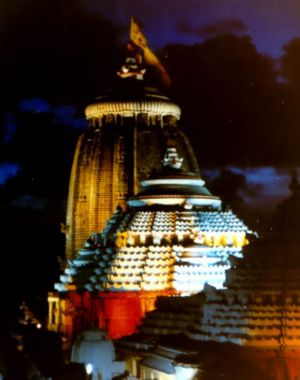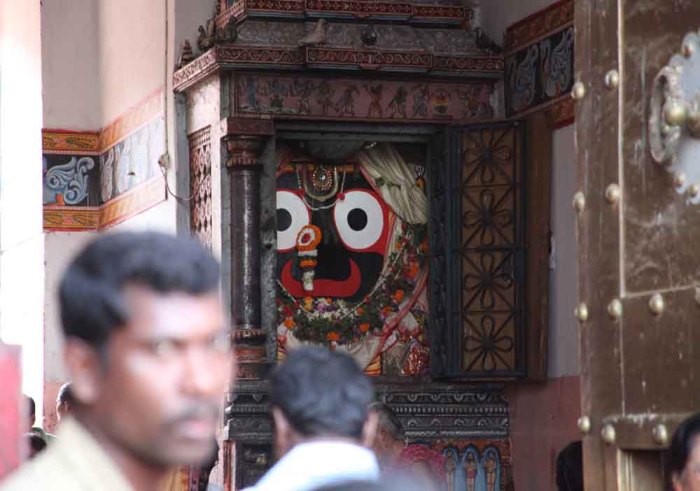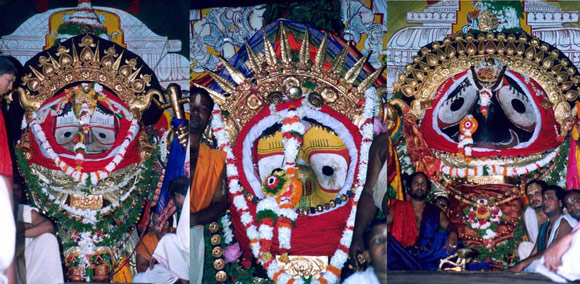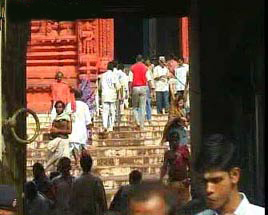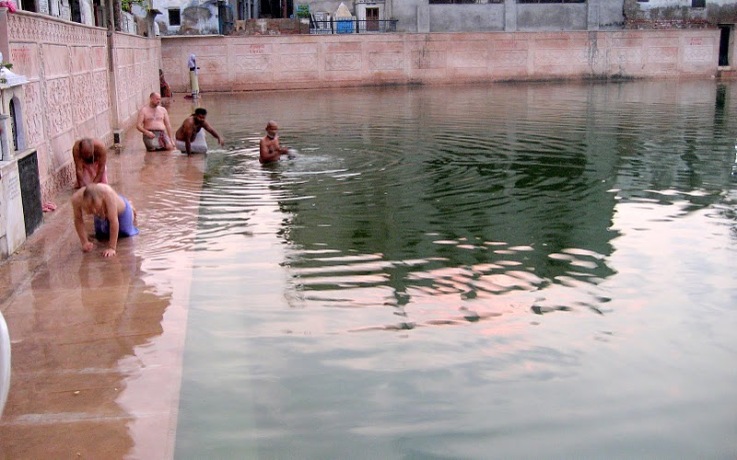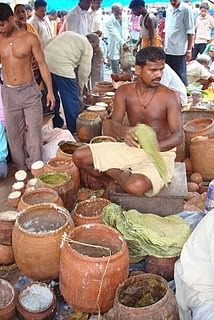
Whatever pastime Lord Krishna performs in Goloka Mathura and Dvaraka, He manifests all these pastimes in Puri Dhama.
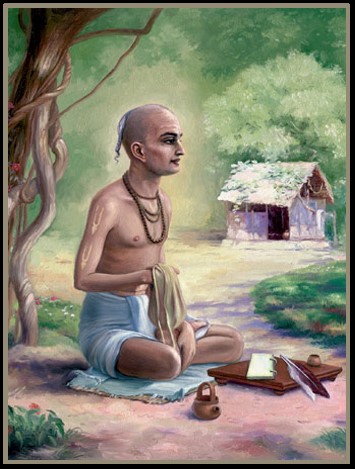
In Sri Brhad Bhagavatamrtam (2.1.159-163) Srila Sanatana Gosvami describes Puri-dhama:
In Purusottama-ksetra Nilacala, by the shore of the salt-water ocean, the Lord of the universe (Jagannatha) is splendidly manifested in a spiritual form of wood.
“On the northern shore of the ocean, in Purusottama-ksetra, the supremely blissful Personality of Godhead pretends to be made of wood.
The Vishnu Purana explains: In the country of Orissa, in Nilacala in Purusottama-ksetra, the spiritual and blissful Personality of Godhead appears as the wooden Deity named Lord Jagannatha.”
“In Bharata-varsa, in the country of Orissa, in Bhu-svarga, in Purusottama-ksetra, the Lord of the Universe (Jagannatha), who makes the devotees fearless, whose pastimes are like those of a human being, and who grants liberation, appears in a form of wood.”
The Goddess of Fortune personally cooks for Him. When He has eaten, the merciful Lord gives His remnants to His devotees, which even the demigods cannot obtain.”

These remnants, called mahaprasadam, should be eaten without considering who has touched them or from where they were brought. “Oh what a glory of that place! Even an ass there becomes a four-armed resident of Vaikuntha. Anyone who goes there once is never born again.”
Veda-vyasa explains in the Garuda Purana:
“When the demigods in heaven see the people of Jagannath Puri as four-armed residents of Vaikuntha, holding a conch-shell, cakra and lotus in their hands, they faint again and again.”
